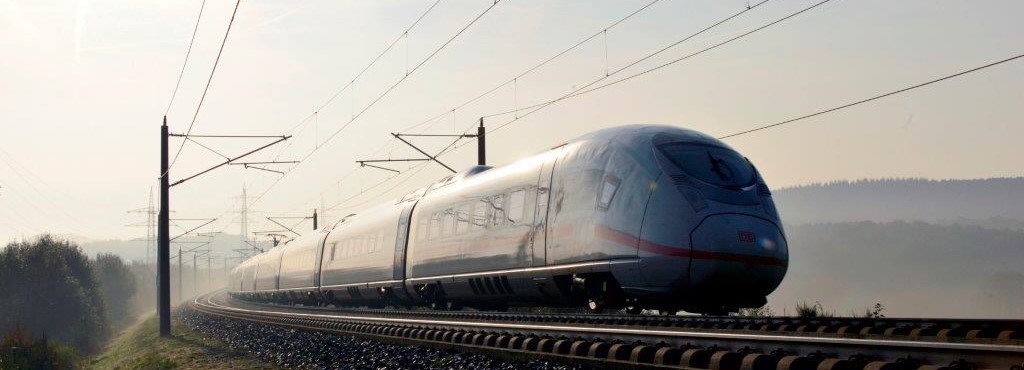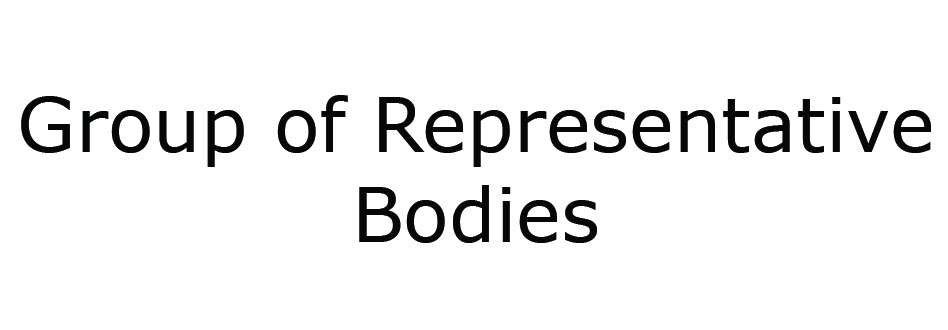4th Railway Package - Guide

Since 1991, the European railway sector has constantly been reformed by the European Union. The 4th Railway Package, which was adopted in 2016 is by far the largest and most complex legal initiative introduced so far. The 4th Railway Package consists of a political and a technical pillar which introduce substantial reforms for all stakeholders concerned.
The Guide below (drop-down menu) illustrates in four different chapters the reforms in the field of vehicle authorisation, safety certification and ERTMS trackside approval as well as the new role of the European Union Agency for Railways as ‘frequently asked questions’. Given the fact that the implementation of the 4th Railway Package is an ongoing process, the Guide will be updated on a regular basis, in line with the progress of the reforms being made on EU level.
Christian Rausch
Chairman of the Group of Representative Bodies (GRB)
- Details
- Written by Super User
- Category: The Interoperability Directive (EU) 2016/797
- Created: 14 February 2019
- Hits: 3843
- This Directive establishes the conditions to be met to achieve interoperability within the Union rail system in a manner compatible with Directive (EU) 2016/798 in order to define an optimal level of technical harmonisation, to make it possible to facilitate, improve and develop rail transport services within the Union and with third countries and to contribute to the completion of the single European railway area and the progressive achievement of the internal market. Those conditions concern the design, construction, placing on the market, placing in service, upgrading, renewal, operation and maintenance of the parts of that system as well as the professional qualifications of, and health and safety conditions applying to, the staff who contribute to its operation and maintenance.
- This Directive lays down the provisions relating to, for each subsystem, the interoperability constituents, the interfaces and procedures, and the conditions of overall compatibility of the Union rail system required in order to achieve its interoperability
- This Directive defines the subsystems, either structural or functional, forming part of the railway system of the European Union. For each of those subsystems, the essential requirements need to be specified and the technical specifications determined, particularly in respect of constituents and interfaces, in order to meet those essential requirements. The essential requirements as defined in Annex 3 of the directive are safety, reliability and availability, health, environmental protection, technical compatibility and accessibility.

